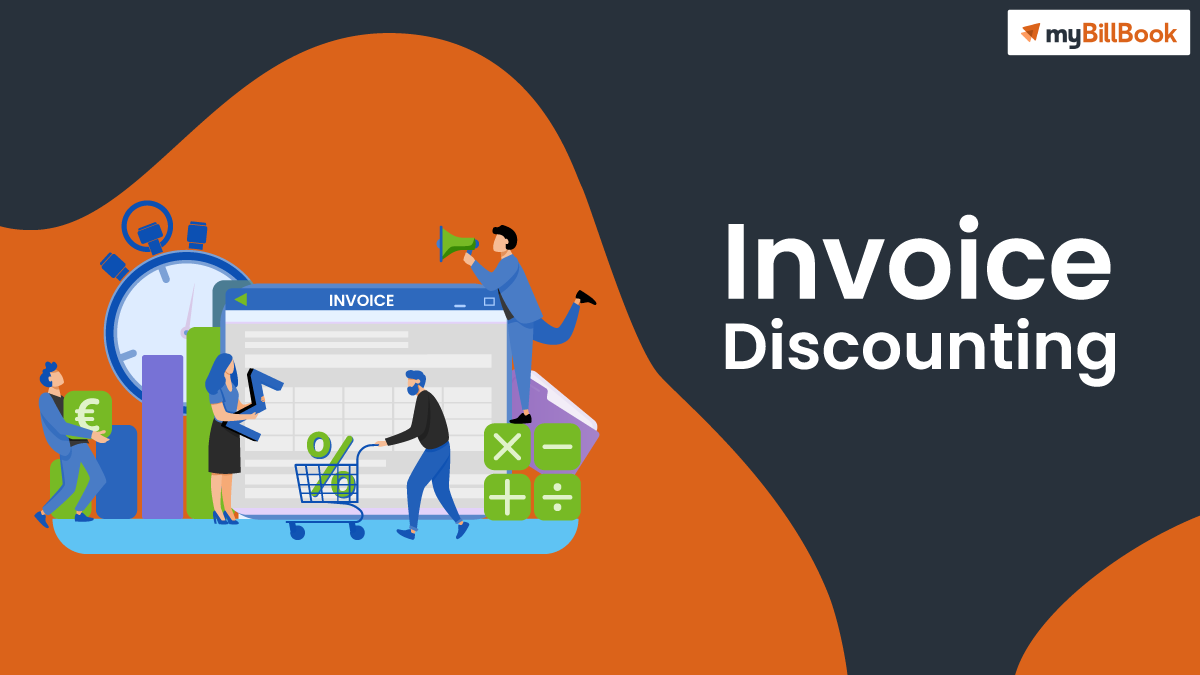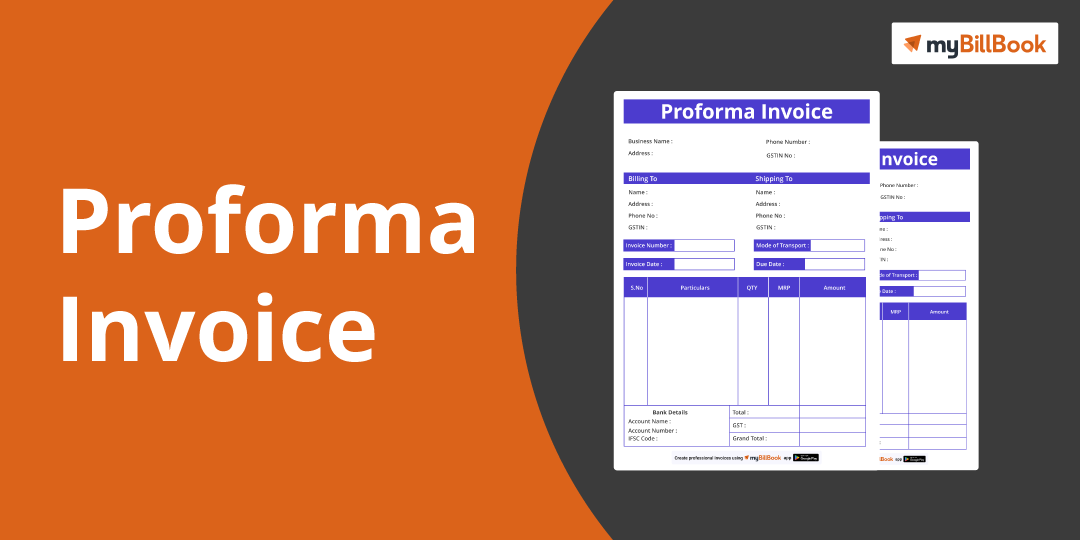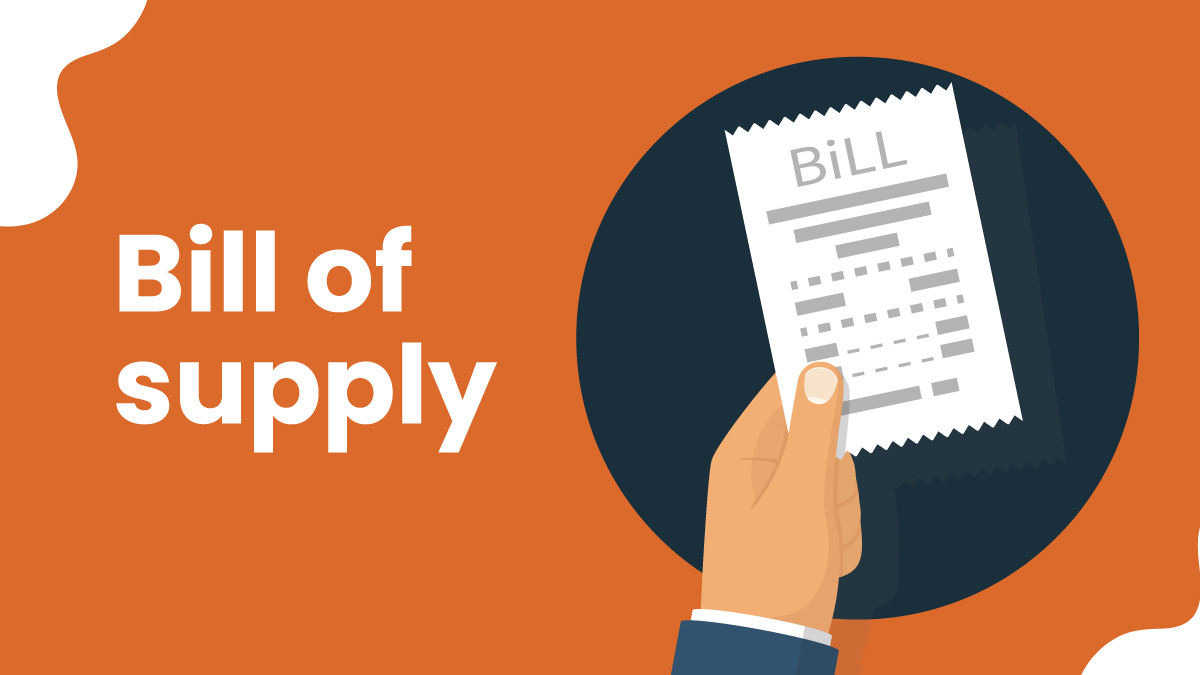Invoice discounting is nothing but the practice of letting businesses use unpaid invoices to get short-term business loans and fulfil their various operating expenses. It is suitable for enterprises with comparatively high profit margins. This practice is quite common among high-profit businesses as they focus on rapid growth and additional cash flow within the organization.
Invoice financing encourages faster cash flow from consumers therefore there is no need to wait for the customer’s payment under their normal credit terms and conditions. As soon as you raise the invoice, you will get cash soon. As of a note, this kind of financing is not good for low-margin businesses as they cannot afford the debt and thereby loses the potential to earn a profit. In addition, this method of discounting has a certain degree of confidentiality which is not usually seen in invoice factoring.
If you want to know more about invoice discounting, and the best way to generate it using myBillBook, then you can keep on reading. Besides, you can find that many other facts about bill discounting are hidden in this article. It would give you a detailed knowledge of bill discounting or invoice finance. Use myBillBook billing software to speed up your process and grow your business.
Invoice Discounting Process
Let us check out what are the steps involved in the process of bill discounting right below:
Step 1: Right from the beginning, the company delivers their good or service on credit basis and send a sales bill to the customer. On accepting the bill by the customer, he or she agrees to do the payment before the due date and the date mostly remains in 30 days or more.
Step 2: Then the company requests the financier for bill discounting with a valid invoice. After that, the financier evaluates the legitimacy of the bill, the creditworthiness of the customer, and the risk committed to discounting the invoice.
Step 3: As the financier is done with the evaluation, a certain amount of money is paid to the company with the processing fees and other charges debited. The seller can use the cash as working capital.
Step 4: When the customer keeps the payment due, the same is collected by the financier from the company on behalf of the seller.
Benefits of Invoice Discounting for Small Businesses
This article is just to make you know that invoice or bill discounting is a confidential finance solution for companies who want to make a high profit in a small period. This process provides a lot of benefits to companies working in all industries. The key benefit is nothing but it acts as an authentic source of working capital used by the reputed companies to improve their business.
The invoices that appear under the category of invoice discounting are also known as ‘bills of exchange’. Bill discounting allows you to receive loans up to 90% of the issued invoices. Have a look at different advantages of issuing bill discounting for small businesses which are as follows:
Get Instant Cash
On issuing invoice discounting, the companies can avail instant cash that can be used for the growth of the business. Besides, it even offers a chance to the businessmen to undertake business without the need for money. Even though it acts as a bank overdraft, but both are not the same. In this case, the customer has to pay interest on the fund used.
Bill Usage
Bill usage can also be termed as ‘Usance Period’ in which the invoice should be valid within the period allowed by the buyer for its payment. The date and time can range from three weeks to three months.
First Preference to Bank
It is always the reputed bank that is preferred first before the invoice discounting is delivered to the customer. With this, it gets assured that the bank of the customer is quite trustworthy and dependable. There should always be a contract between reputed enterprises or banks for the purpose of discounting.
Credit Assessment
Every bank makes sure to check the payment history, credit score, creditworthiness of the customer, and financial stability of the seller before approving any bill discounting as they do not want to indulge at risk in case if the customer fails to repay the cash.
Apart from these, you should even look at additional benefits of bill discounting which are given below:
- Potential cash flow
- Straightforward withdrawals
- Flexible repayment period
- Smooth authentication
- Faster processing with trouble-free documentation
- Pay interest only on used fund
Types of Invoice Discounting
There are three types of bill discounting which you can check out below in detail.
Invoice Discounting Funding Limits
This kind of invoice discounting does not include the assessment of the company’s individual debtors rather the company safeguards itself from the debtors’ insolvency by depending on a huge spectrum of customers of the business. This bill discounting also demands to make only a specific percentage of a business’s sales ledger on a single buyer or customer.
Confidential Invoice Discounting
When it comes to confidential bill discounting, it has been organized confidentially to make the suppliers and consumers unknown of the advanced capital received by the business against sales bills before getting payment.
Whole Turnover Invoice Discounting
Of course, whole turnover bill discounting is completely different from spot factoring or selective bill discounting. In this bill discounting, all the bills are sold under the facility of the whole turnover, regardless of need.
Invoice discounting Vs Invoice factoring
Even though it looks the same in terms, both have a huge difference within them. The invoice finance or bill discounting lets the buyer keep a hold on the sales ledger which simply means that the clients would not know about an alternative finance process.
Therefore, this finance process can be termed as discrete invoicing sometimes which is different from traditional invoice factoring. This process does not have any personal contact between the lender and their customers and thereby it involves higher risk as compared to invoice factoring.
It has been seen that many lenders render provisions of discounting to various companies with 100k turnover to the minimum. This finance solution (bill discounting) is suitable for those businesses which need to bring a rise in their cash flow cycle quickly and need to keep control over the relationship with the customer at the same time. If your requirements are just the opposite, it would be better to try invoice factoring for your business.
Steps Involved in Accounting Entry for Invoice Discounting – How to use myBillBook
While doing accounting entries for bill discounting, it is not only essential to reflect the position of trade debtors but also the liability of the amount given to the business as a loan.
To explain the steps included in accounting entries for bill discounting using the myBillBook app, it would be better to go with an example. Suppose, XYZ Ltd is a company that keeps a bill discounting agreement with a lender and he provides the company with 80% repayment on all bills issued. He charges 2% on every invoice raised along with the monthly interest rate of 3%. The company also send a customer bill of Rs.50,000 on 1st July and paid fully on 5th August. The myBillBook accounting entries for bill discounting would be as follows:
- Enter the amount of trade or sale debtor with a turnover on the credit side
- Enter 2% discounting charge and 80% advance from the lender of bill discounting
- During the month ending, the lender of bill discounting sends a monthly account statement with the interest charged.
- The customer completely settles the payment of the bill on 5th July with the use of the bank account of the bill discounting lender.
You have to make the accounting entries in the myBillBook to keep the track of the customer payment done to the invoice discounter.







